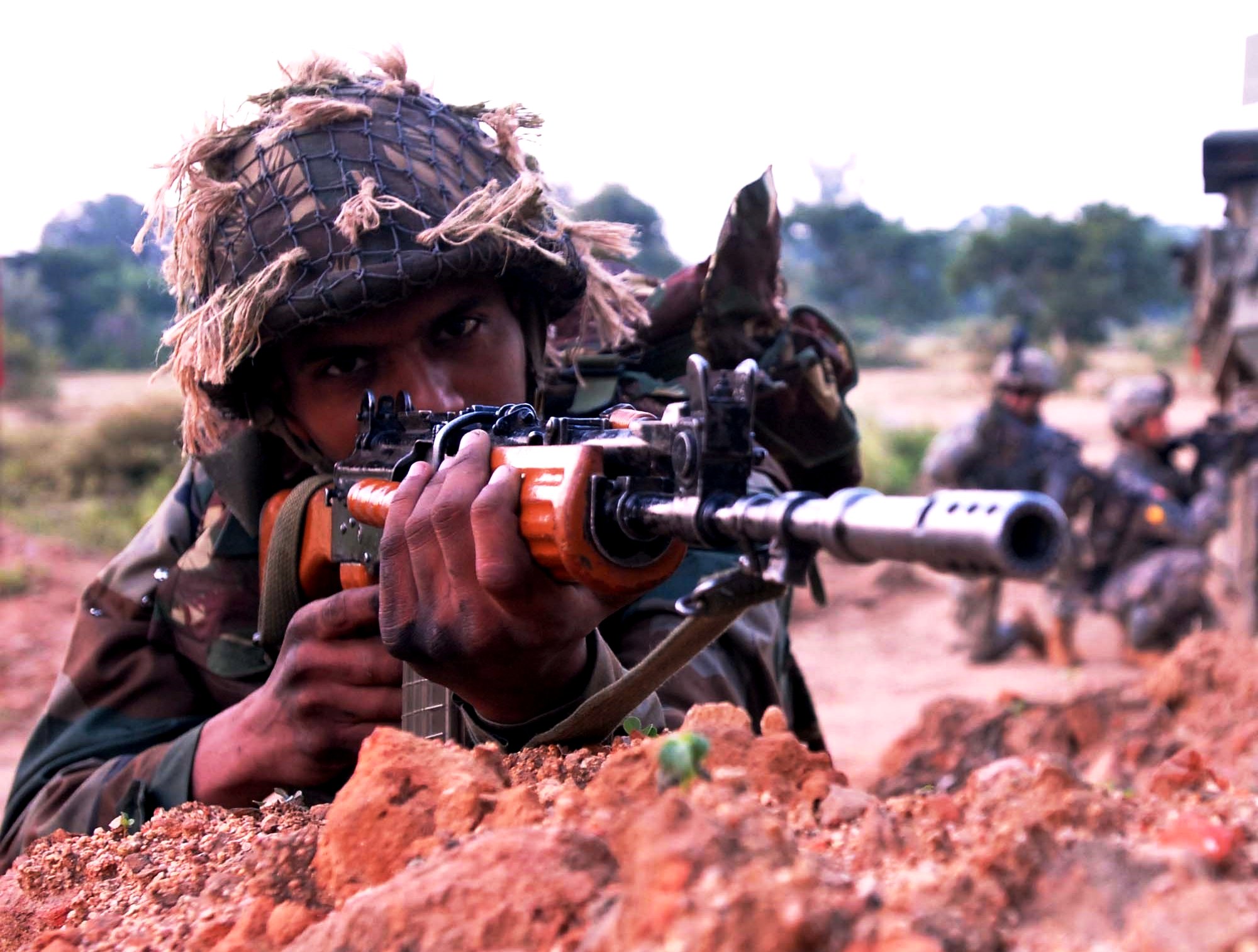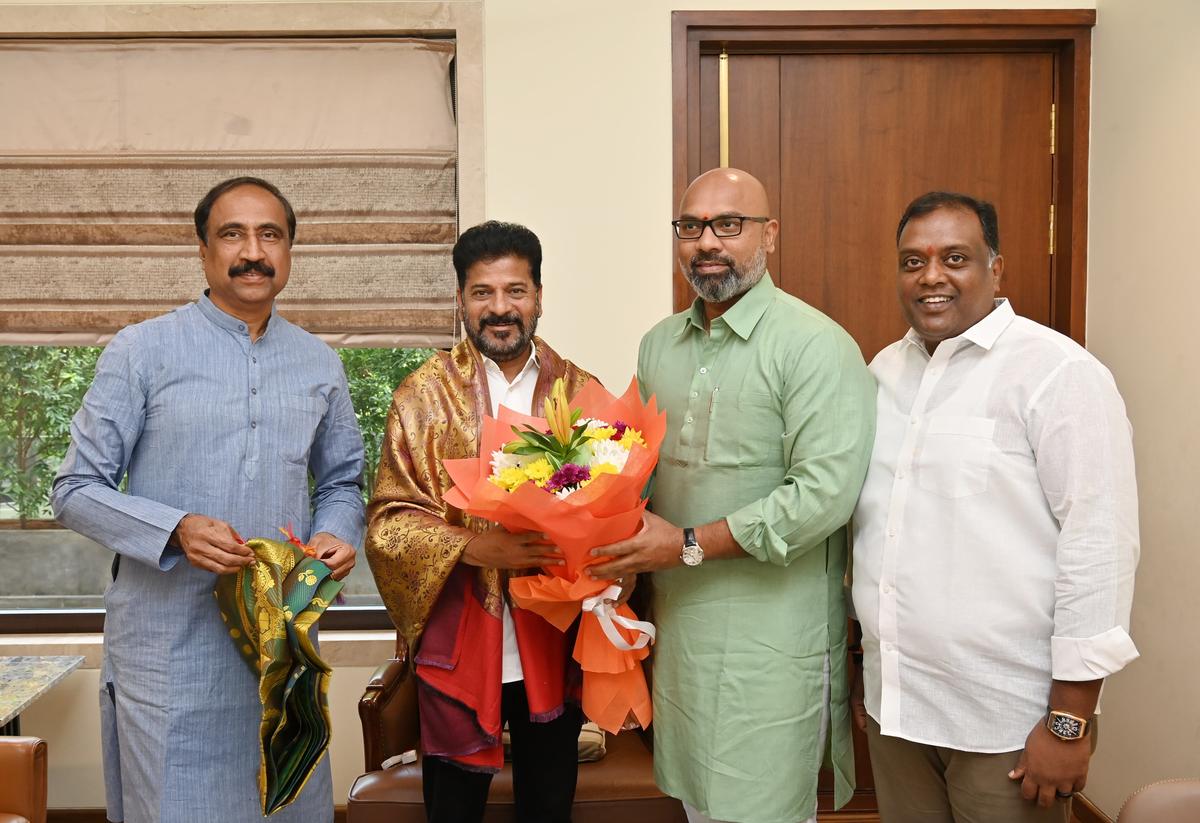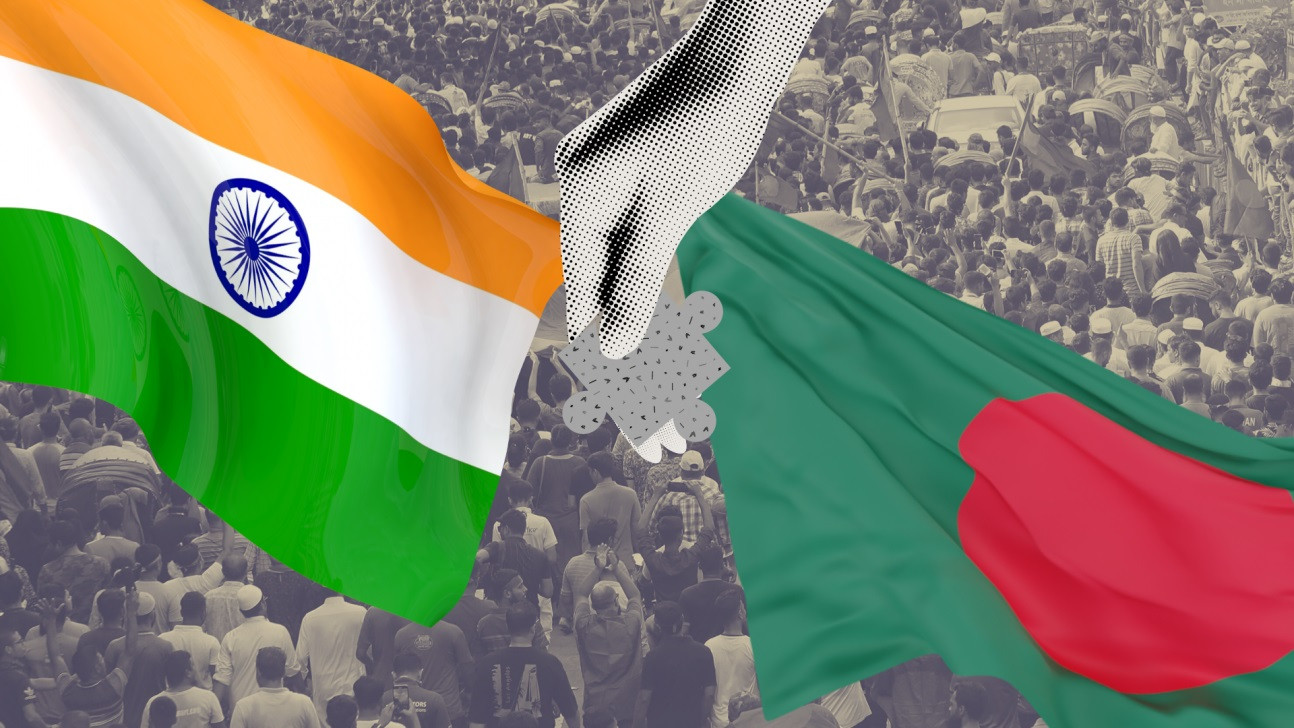Ashish Shukla for BeyondHeadlines
Exchange of fire between the militaries of India and Pakistan at the Line of Control (LoC) and international border is not uncommon. So is the blame game. Each side accuses the other for unprovoked firing and then justifies their action as counter retaliation. Newspaper stories and reports, published in both the countries, differ substantially and are often contradictory. The most recent and much publicised incident took place on 31 December 2014 in the Shakargarh Sector at the working India-Pakistan boundary. As per the media reports in Pakistan, a commander of the Border Security Force (BSF) requested for a flag meeting at 11 in the morning. In response to the request, the Pakistani side deputed two Chenab Rangers’ personnel Naik Riaz Shakir and Lance Naik Mohammad Safdar for the meeting. The reputed English daily Dawn reported that the BSF killed these two paramilitary personnel when they reached at the “Zero Line.” The newspaper also claimed that due to the continued heavy firing by the Indian side the wounded Pakistani personnel could not be rescued in time by their fellow soldiers at the border. Later the Pakistani rangers showed a white flag to stop the firing so that the bodies of the deceased personnel could be taken away. The casualty figure rose to five (four Chenab Rangers and one BSF personnel) the next day when both sides engaged in exchange of fire.
Contrary to the reports in Pakistani media, Indian media suggested that Pakistan violated the ceasefire first by killing a BSF soldier who was later identified as Sri Ram Gowria. Indian Express, an English daily, termed it an “unsuccessful infiltration attempt” after which Pakistani rangers resorted to firing not only on BSF posts but in the civilian areas at Khawara, Regal, Suchetgarh Kullian and Mawa.
Responding to the incident, Pakistan’s Ministry of Foreign Affairs summoned Indian Deputy High Commissioner J. P. Singh and lodged an official protest. The demarche, given to Mr. Singh, required Indian government to investigate the incident and bring the perpetrators to justice so that peace and tranquility could be maintained at the LoC and working boundary.
Manohar Parrikar, Indian Defence Minister, is said to have directed the security forces to respond appropriately to the ceasefire violations by the Pakistani side. Interacting with the journalists, he said that “our response is don’t hesitate. React appropriately without holding yourself back.” Dainik Jagran, a Hindi daily, published a front page story on the incident and accused Pakistan of violating ceasefire. It also quoted Home Minister Rajnath Singh saying that BSF should not hesitate to take appropriate action against any Pakistani misadventure.
It is very clear that media reports in both the countries offer a very different version to their people. Those accessing the reports published in one country’s media won’t be able to know the view of the other side. While those accessing the newspapers from both the sides would most certainly get confused as most of the time the verification could not be done independently. In such a situation, it is quite difficult to get close to the reality. So the people in both the countries are often left on the intention of the respective politico-security establishment. In Pakistan’s case, it is the security establishment which controls the national narrative through various means and mechanisms—media being one of them. Therefore, nothing changes with the change of civilian governments. It is an established fact that Pakistan’s security establishment nurtures and uses non-state actors as foreign policy tool or “strategic asset” to achieve regional objectives. Most of the time it is the Pakistan Army which violates the ceasefire at the LoC and International border. However one needs to remember that like other militaries, Indian military too is not a holy cow.
Unlike Pakistan, in India the political establishment is in charge of the country. So one could easily identify the difference with the change of government at the centre. With Prime Minister Narendra Modi at the helm, India has toughened its stand on Pakistan. Now, “four or five eyes for an eye” approach is at work meaning if one Indian solider dies in Pakistani firing, Indian side will avenge by killing at least four to five Pakistani soldiers. Whether the strategy will work and produce good tangible results or not is a different question altogether. If history is any guide the strategy wont’ produce anything good for India. One also needs to remember that India and Pakistan both are de-facto nuclear powers and latter having the fastest growing nuclear arsenal of the world. This very fact on the one hand stops India to use its conventional military superiority against Pakistan and on the other invites major powers to defuse the tension between the two arch-rivals.









